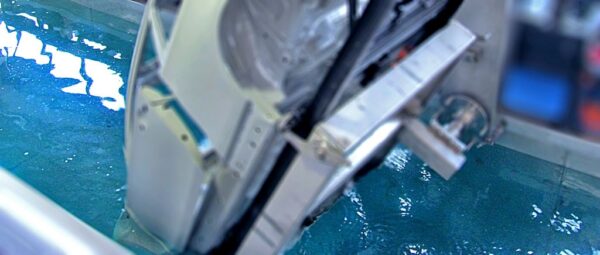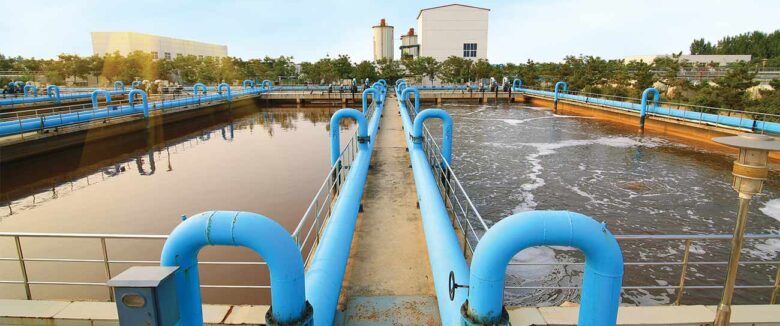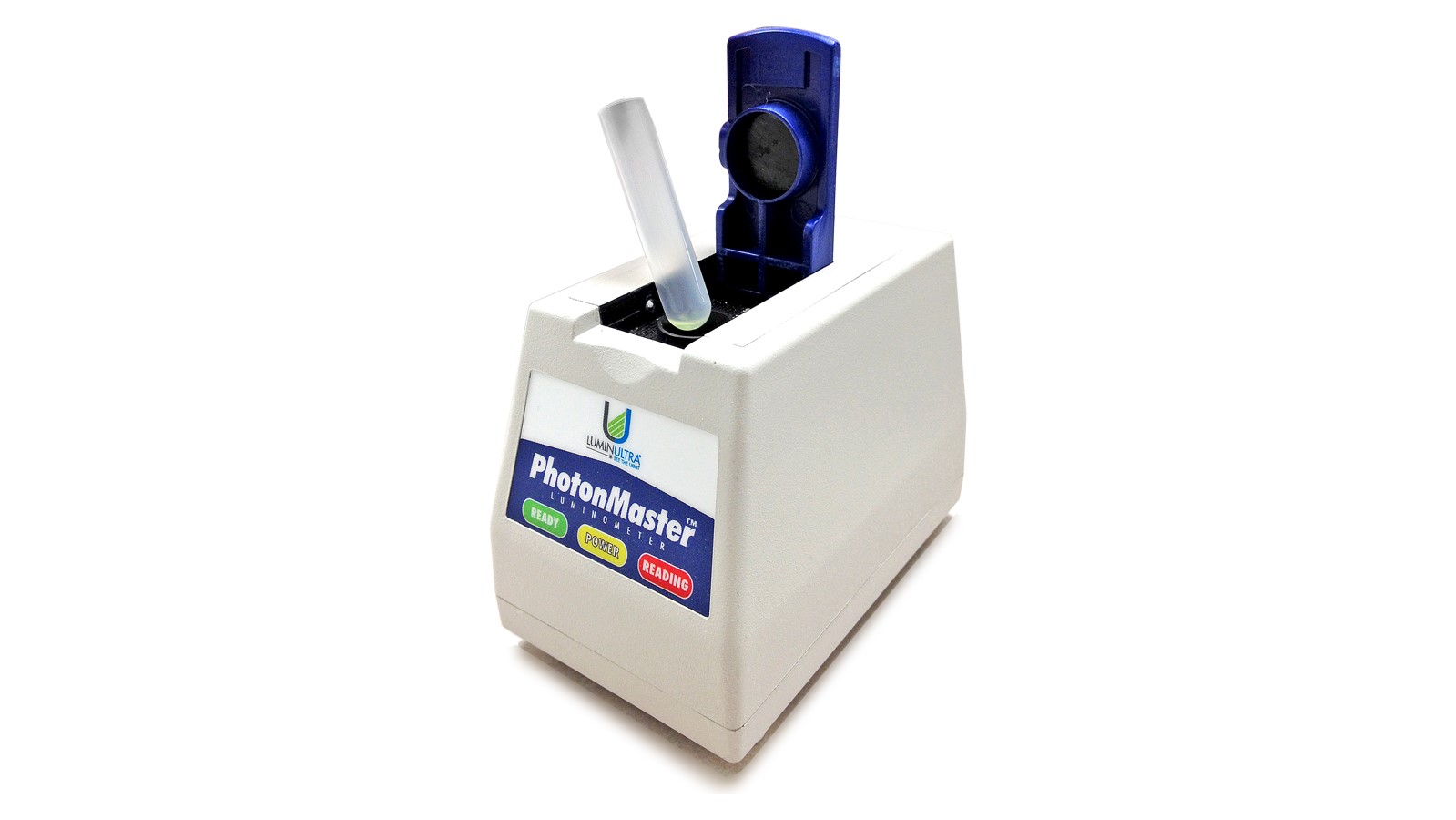The goal of any microbiological growth control program, whether it is a single target organism or a multitude of threats, requires the control of the total population. For example, the application of biocides such as chlorine or ozone or the use of thermal shock results in an impact on the total population. In many applications, it is impossible to measure the biocide residual to ensure remaining protection, and oftentimes a residual measurement does not guarantee successful control.
In all cases, the best confirming parameter of total biomass control is a total biomass measurement. The ability to measure total biomass accurately in real-time was impossible, until now. Adenosine Triphosphate (ATP) is a molecule that is common to all living organisms and is so central to microbial life that its measurement is directly related to biomass energy level. Best of all, its measurement takes only a matter of minutes.
Where is ATP Used?
The measurement of Adenosine Triphosphate (ATP) has become the de-facto standard for total microbiological detection in food processing and packaging industries. Using the Hazard Analysis Critical Control Points (HACCP) strategy as a guideline, quality assurance personnel measure ATP to assess the cleanliness of manufacturing equipment and also to detect microbiological contamination in finished product.
Measurement of ATP is a faster and more complete method for measuring total microorganisms than conventional Heterotrophic Plate Counts (HPC’s). Because ATP is central to all living organisms, it detects all species of microorganism including bacteria, yeasts, molds, and higher life forms. Furthermore, the ATP measurement is fast – from start to finish, results are available in just a few minutes. Culture tests are more laborious and require incubation periods of days to provide feedback.
The measurement of ATP as a viable testing method for the detection of bacteria in water has been around for decades and is included in such reference manuals as the ASTM (Method D-4012) and Standard Methods for the Examination of Water and Wastewater (Method 9211-C). However, widespread application of ATP methods for use in water and chemical product applications has not been achieved because the available methods did not produce reliable results. Both of the cited methods are of the 1st Generation variety and, while they can be useful for research, are not optimized for practical testing in an industrial setting. 1st generation ATP test kits suffer from a number of limitations including assay inhibition, poor repeatability and false positives.
The LuminUltra Difference
Now, with LuminUltra’s 2nd Generation ATP monitoring test kits, operators in any industry can realize the same benefits of real-time feedback on microbiological analysis! Through years of research and proven experience, LuminUltra has overcome the obstacles that plagued past ATP technologies and can now apply ATP measurements to virtually any type of sample.
2nd generation ATP testing provides the benefits of:
- High Sensitivity – LuminUltra has developed a unique sample concentration and ATP recovery method that allows sensitive detection without a culturing step.
- Fully Quantitative Results – Through the use of the liquid stable UltraCheck ATP standard, reporting results in arbitrary Relative Light Units (RLU’s) no longer has to be the norm. Calculation of actual ATP concentrations corrects for all external variables and enables historical comparisons to be done regardless of reagent activity.
- Easy to Use – All reagents are liquid-stable and do not require any preparation prior to analyses. Also, all of LuminUltra’s test formats can be conducted using any manufacturer’s luminometer.
- High Accuracy – Through development of the powerful ATP extraction agent UltraLyse, LuminUltra’s test protocols truly extract all ATP available in the sample. This coupled with total removal of interferences allows users to feel confident with the results provided.
- High Precision – Reliable sample transfer techniques and complete ATP recovery means that LuminUltra’s methods are able to achieve excellent repeatability – within 5-10% for most types of samples.
- Fully Portable – Analyses can be conducted and results obtained as quickly as samples can be collected in the field.
- Real-Time Feedback – The ability to provide results in minutes facilitates same-shift decisions and recommendations, something that previously was not possible.
With the economic and environmental risk associated with microbial contamination in water systems, a well- managed control program is essential. With the correct planning, setting up a control program can be easy. Simply identify the critical control points in your water system and use the appropriate guidelines as starting points.









